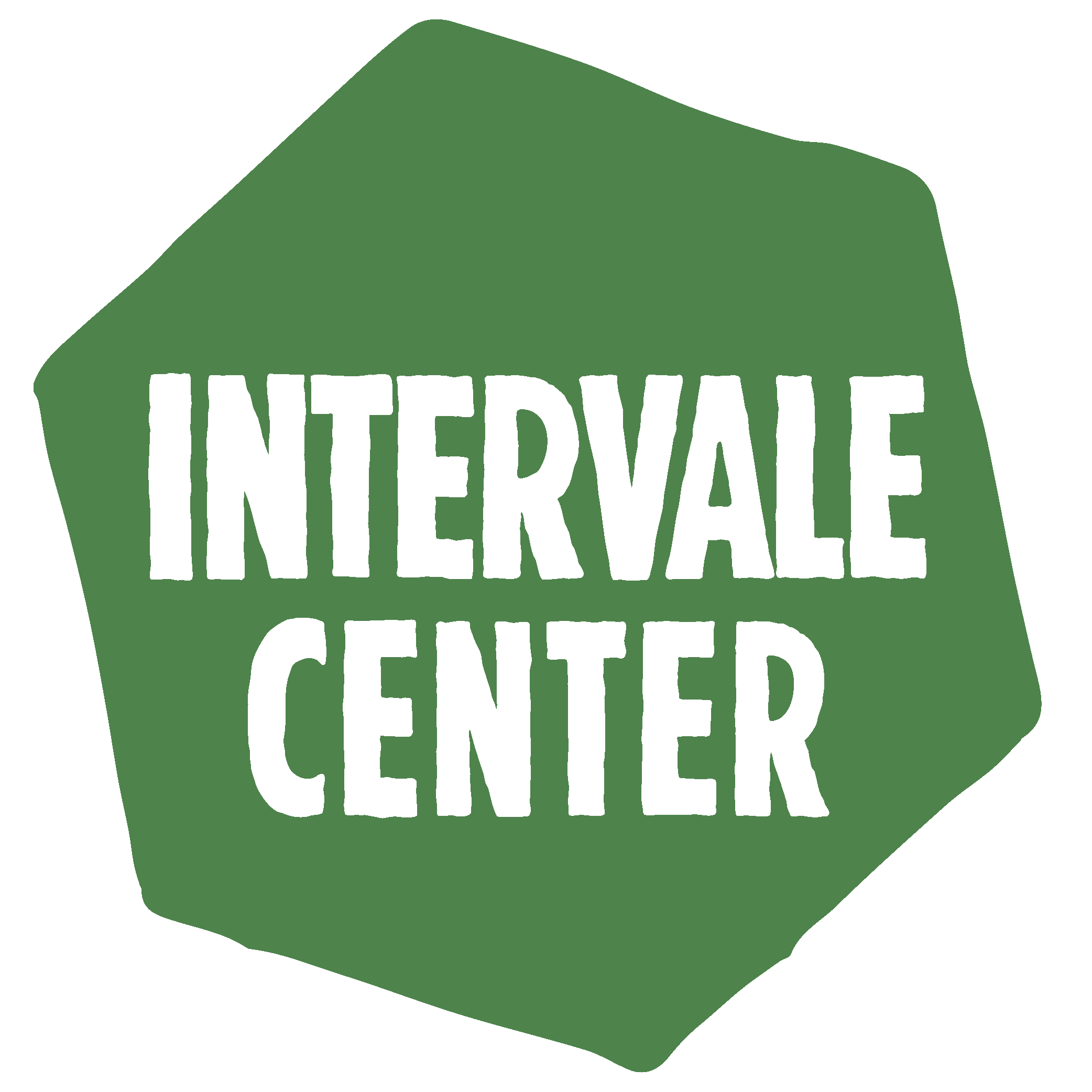From Flooded Field to Future Bird & Bee Habitat
What do you do when a vegetable field is no longer farmable due to flooding?
Turn it into apartments…for birds and bees, of course.
Our land stewardship team and volunteers were able to transform an Intervale field into a bird and pollinator-friendly habitat by following Bird and Bee Friendly Farming Recommendations from Audubon Vermont and the Gund Institute at the University of Vermont.
Over the course of two cold, wet, and slightly snowy (!) phases, volunteers with Ursa Major, One Tree Planted, and Vermont Audubon got their hands dirty by planting shrub willow and dogwood, two native species that make great homes for local birds and pollinators.
The story of transformation doesn’t end there – our innovative team used recycled materials to make this project work. Native trees were sourced from the Intervale’s own Conservation Nursery. The young trees we planted are protected and guided by old tomato cages. The mulch surrounding these plants comes from trees that have fallen around the city of Burlington. Rather than spending days hand-digging a ditch to lay willow shrubs, Intervale farm Digger’s Mirth was generous enough to use their tractor and implement to dig a line for planting.
As these trees and shrubs grow, so will populations of pollinators and priority bird species such as the American Kestrel and Northern Harrier. Not only will this effort towards biodiversity make the Intervale an even more vibrant place to visit, but will benefit the plants, soil, farms, and overall ecosystem here by the Winooski River.
The field, located just above the Tommy Thompson Community Gardens, is marked by signs from Vermont Audubon. Take a look next time you visit – the labor of love from this collaboration between community organizations and volunteers is already evident in its early stages of growth.




